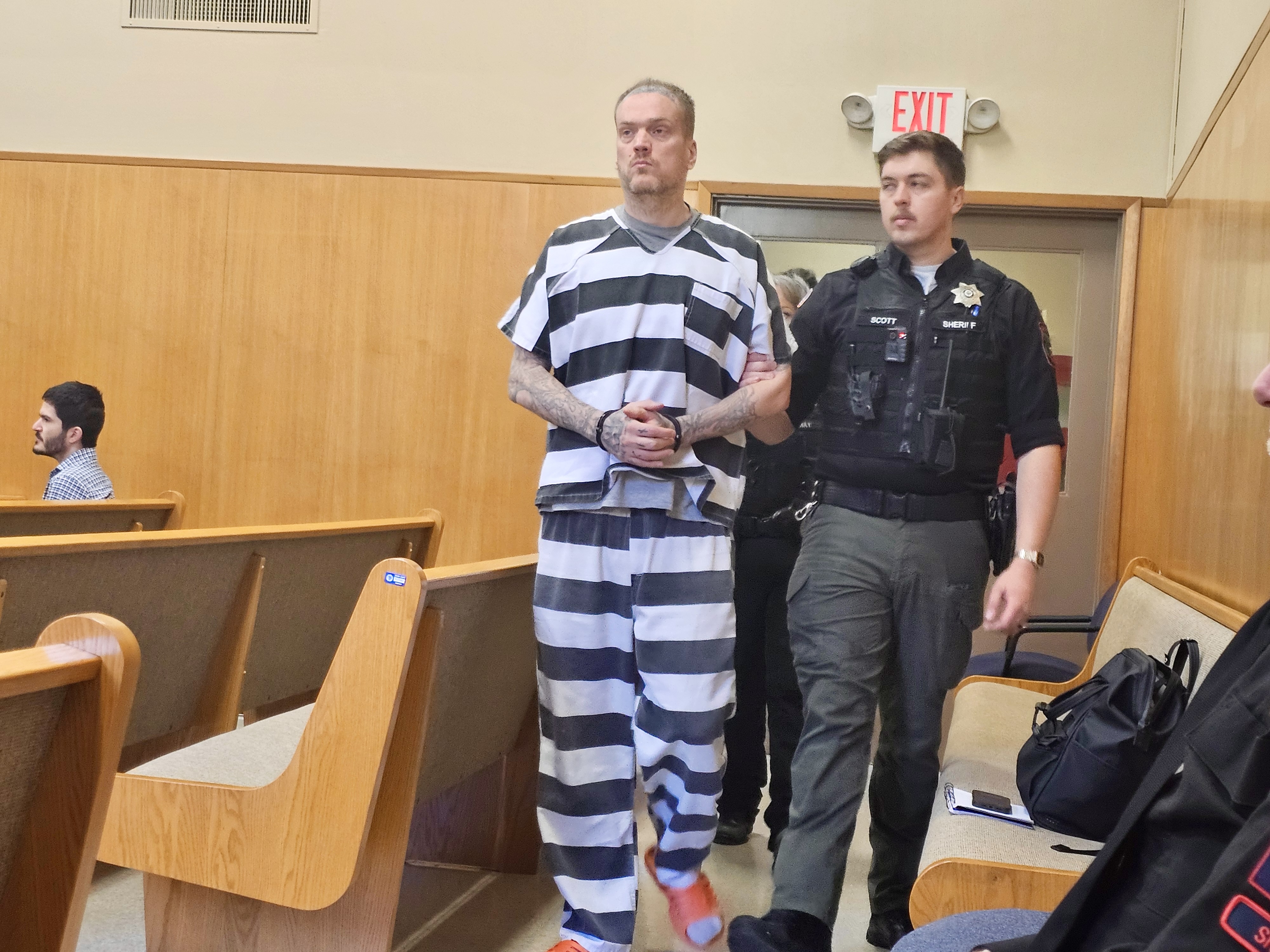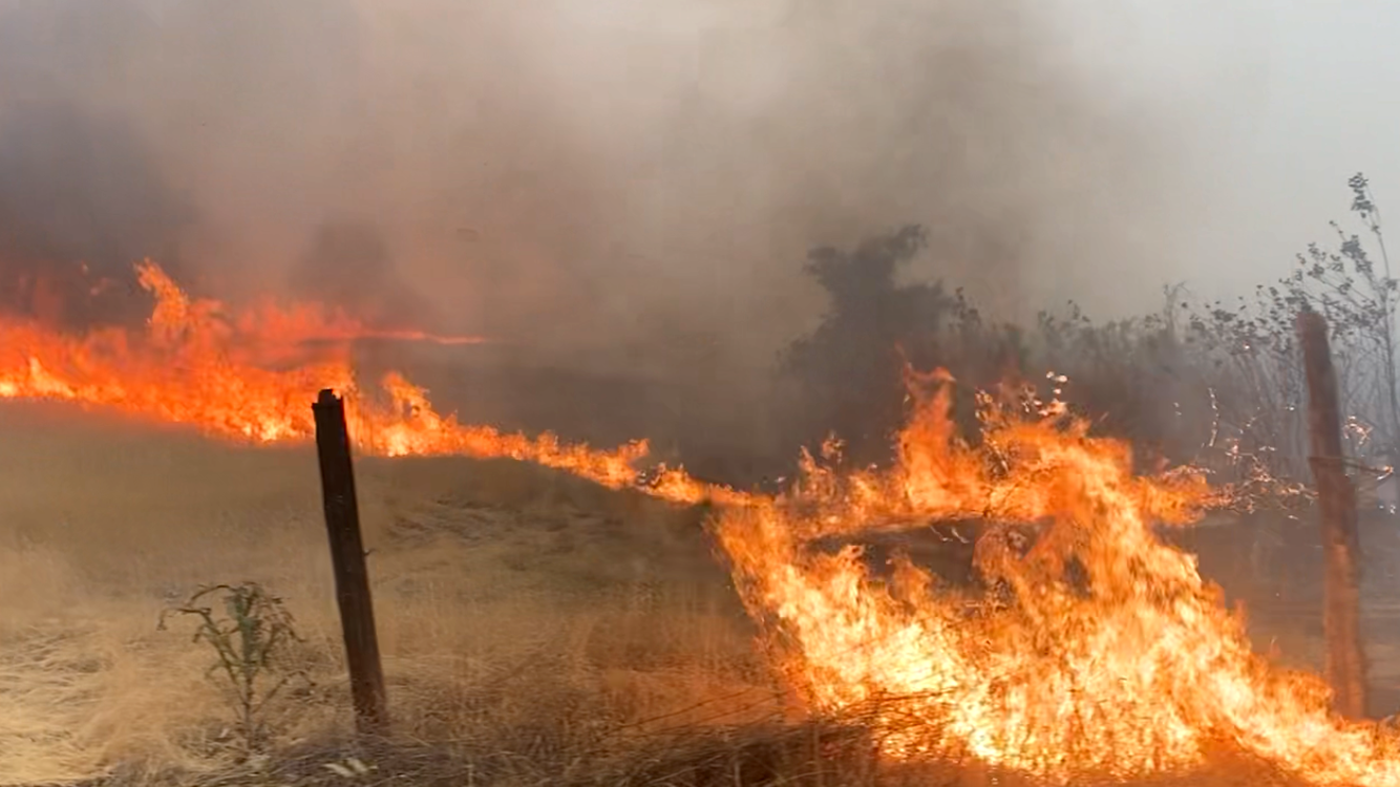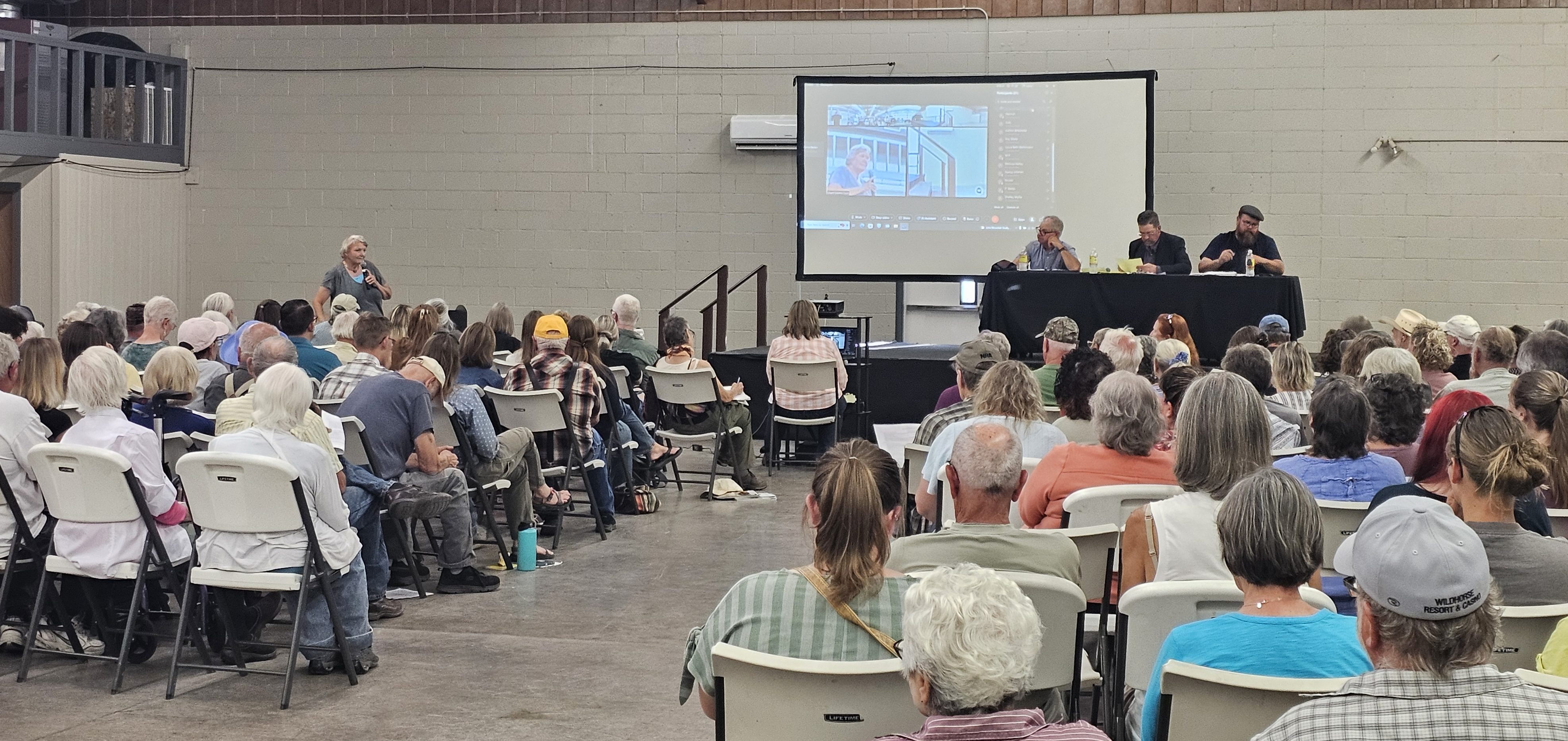Shooting the Breeze Predator hunting
Published 11:58 am Monday, November 19, 2018

- Mark LeQuieu
My father introduced me to calling coyotes when I was still only registering single digits on my birthday cakes. Even at that age, I was taught about the importance of balance between predator and prey. We would wake up early in the crisp mornings of late fall, after all the deer hunting had ended. Dad would bundle up my older brother and me, and we would drive out in the pre-dawn cold to our favorite deer haunts. It was an eerie feeling for sure to turn the lights off on the old jeep wagon, and crack the doors quietly, sneaking around the rig getting our rifles and the predator calls ready for a short hike to areas that we had hunted just weeks before.
Trending
Dad always wanted to call coyotes in areas that we had harvested deer. He had a sense of responsibility to try to help maintain balance in the relationship between the predators and the animals they fed upon all winter. Dad would tell us boys that it was our responsibility after taking a deer from the woods to try and harvest a few coyotes and mountain lions from those very same areas because we had taken potential food for that winter.
Back then, there was no such thing as an electronic caller, and we used mouth calls, meant to sound like dying rabbits or fawns. We would call for one or two minutes and then sit for four or five in silence as we listened for the distinct sound of coyotes yelping and howling as they coordinated their search for the free meal we were trying to replicate. Some sets would result in the silent approach of a lone dog, while others would bring the excited rush of an entire pack! Sitting there in silence, listening to the waking forest and sage brush hills, was exhilarating. Every sound became amplified as our senses became more and more attuned to the wild.
We have had all kinds of animals respond to our calls over the years. Deer would sometimes rush in to rescue what sounded like a fawn in distress, while other times we would only see hawks or magpies. We have called in coyotes, mountain lions and even a very confused black bear while predator hunting. With the advent of electronic calls, it is as simple as it has ever been to get into the sport of predator hunting. However, one of the best ways to see what all the fuss is about is to do a search for coyote calling on the university of YouTube and then go out and buy a $10 mouth call. You can watch along as some of the best coyote hunters in the country show off all their tricks for getting old Wile E. Coyote to come and play in the early morning light. Just a word from an experienced caller, though: Start out with open-reed mouth calls first. They are cheap, and no batteries are required. Now let the fur fly!
Trending
For questions and comments, email us at shootingthebreezebme@gmail.com.
Marc LeQuieu is a former wildland firefighter, professional hunter and gunsmith.









